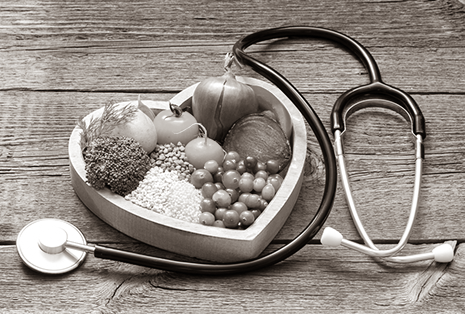Get your facts rights
We fight over food and we fight with our bodies. In fact, the most frequent nutritional myths are those that contain the least original of truth but some "myths" help us gain true dietary knowledge that can actually help our health. Let’s enlighten ourselves.
Myth
SAM does not occur in communities that are food secure
Fact
Severe Acute Malnutrition (SAM) can occur in communities that are food secure, but lack in food diversity.
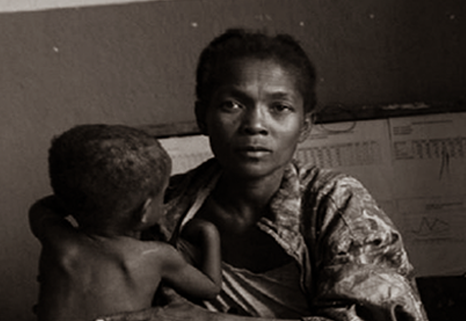
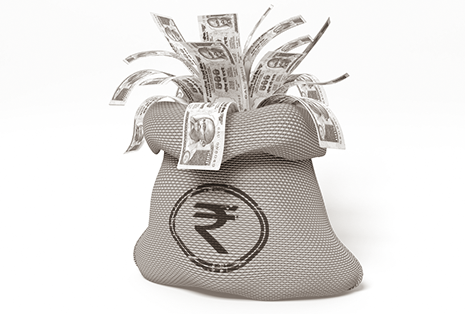
Myth
RUTF is expensive
Fact
The cost of RUTF is comparable to SNP under ICDS; moreover, RUTF treats the child faster. One-time cost of RUTF is INR 3500 for 2-3 months. Under SNP, the budget for a SAM child is INR 12 per day. If the child is to be given food for 300 days. This adds up to INR 3600. SNP doesn’t ensure that the SAM child recovers from poverty.
Myth
RUTF is a replacement for breastfeeding
Fact
RUTF is complimentary to breastfeeding, home cooked food and each packet of RUTF informs the mother about the same.
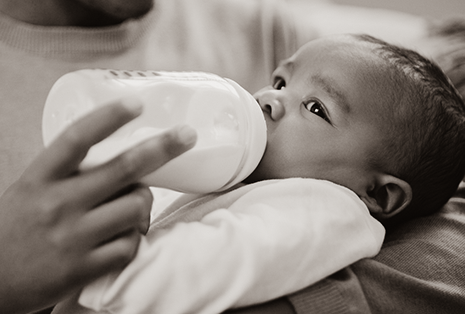
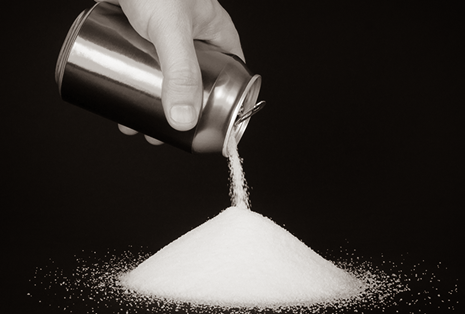
Myth
RUTF has high sugar
Fact
RUTF is based on the formulation prescribed by UNICEF and WHO. RUTF is a fortified paste of soya, oil seeds, groundnuts / lentils with added sugar, dried skim milk, oil, and a micronutrient premix of essential vitamins and nutrients. It is a nutrition product that can be further modified to meet the nutritional requirements of different kinds of beneficiaries – men, women, children, infants, adolescents, pregnant women, and lactating mothers.
Other products approved by the government for malnourished children also have high sugar content.
On an average, the energy from sugar content in THR products is more than 33% whereas energy from sugar in RUTF is less than 20%.
Myth
RUTF is meant to replace healthy home cooked food
Fact
RUTF is complementary to breastfeeding, home cooked food and each packet of RUTF informs the mother about the same. RUTF is geared towards temporary treatment.
